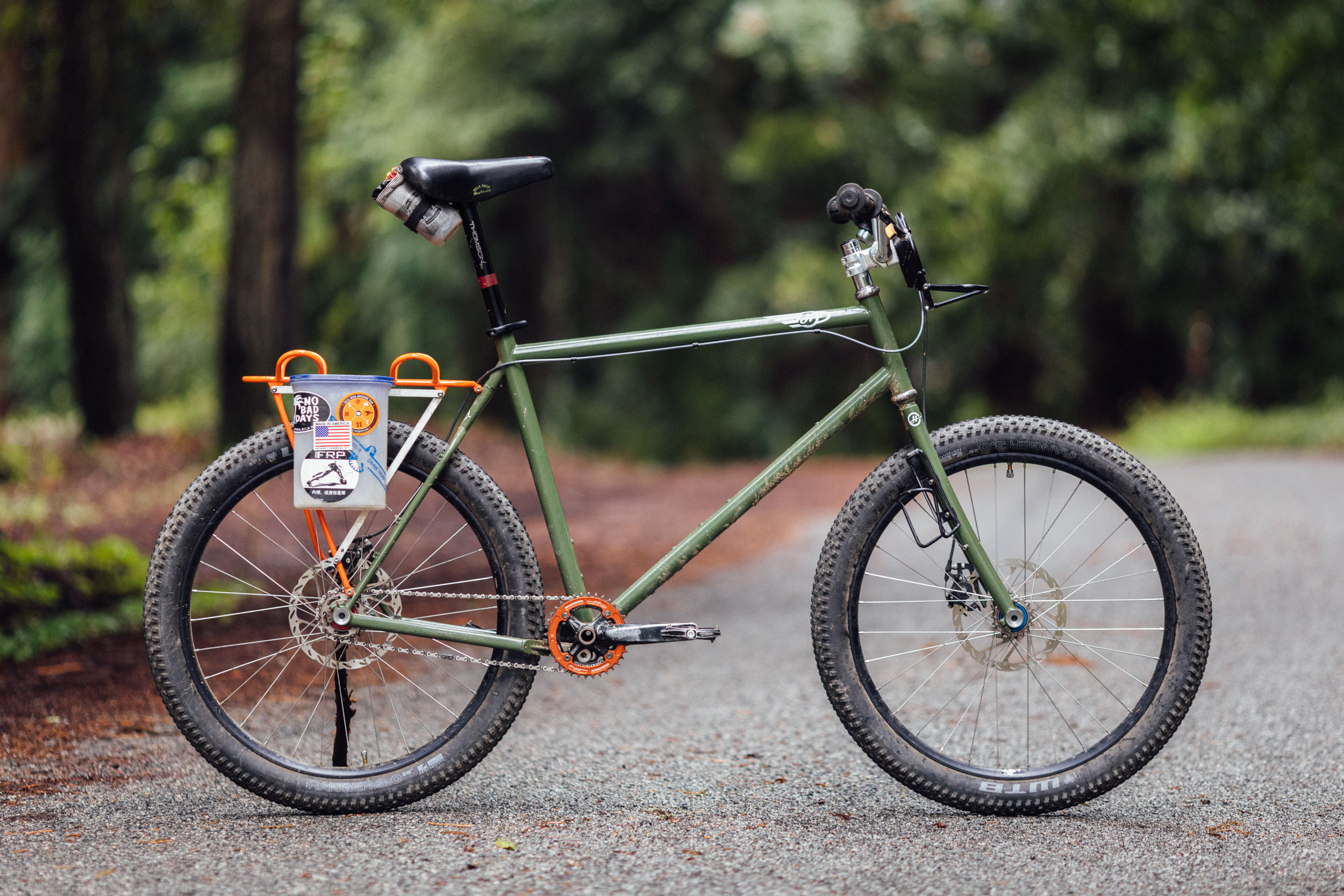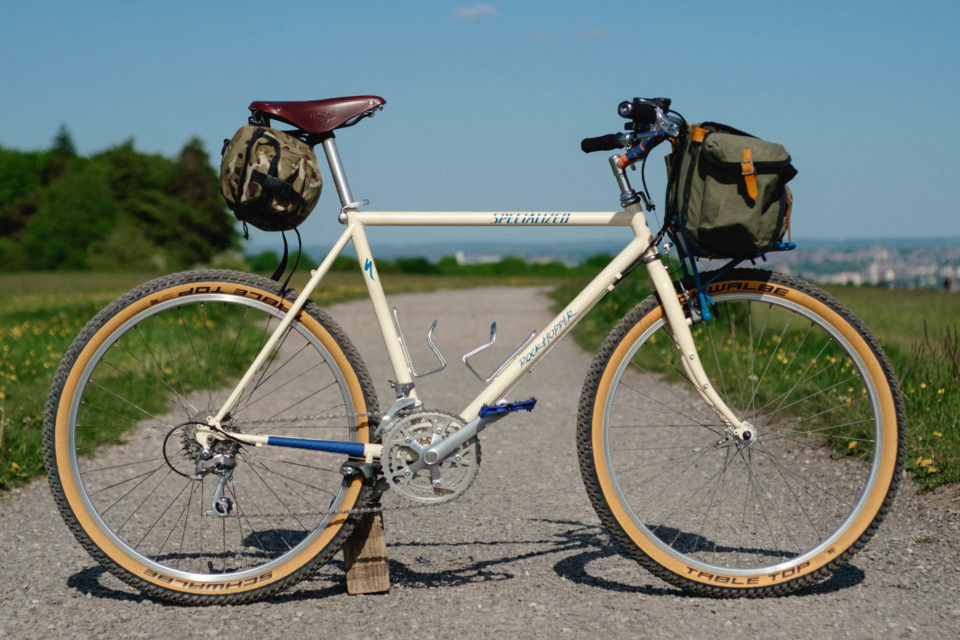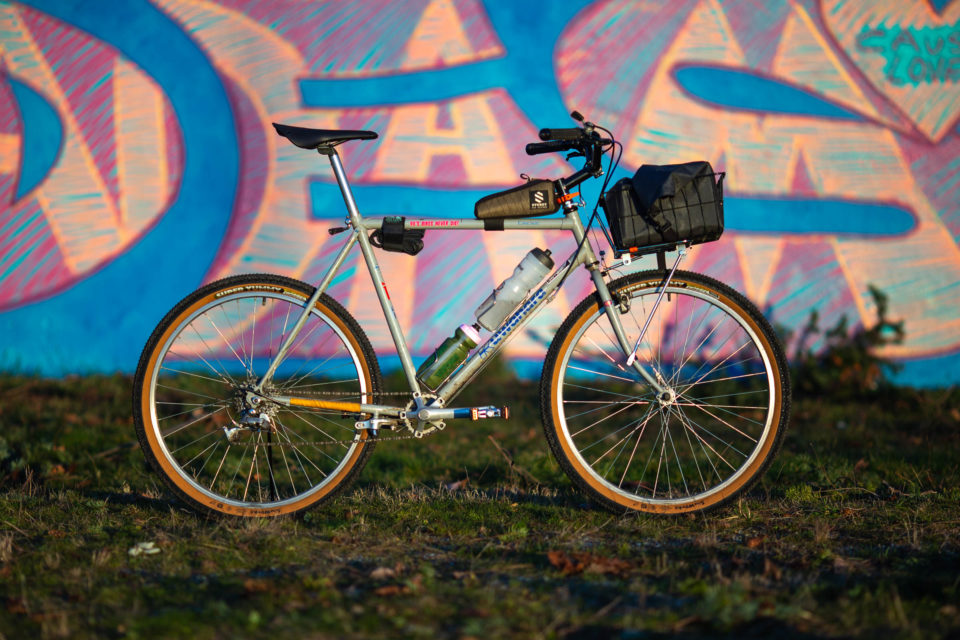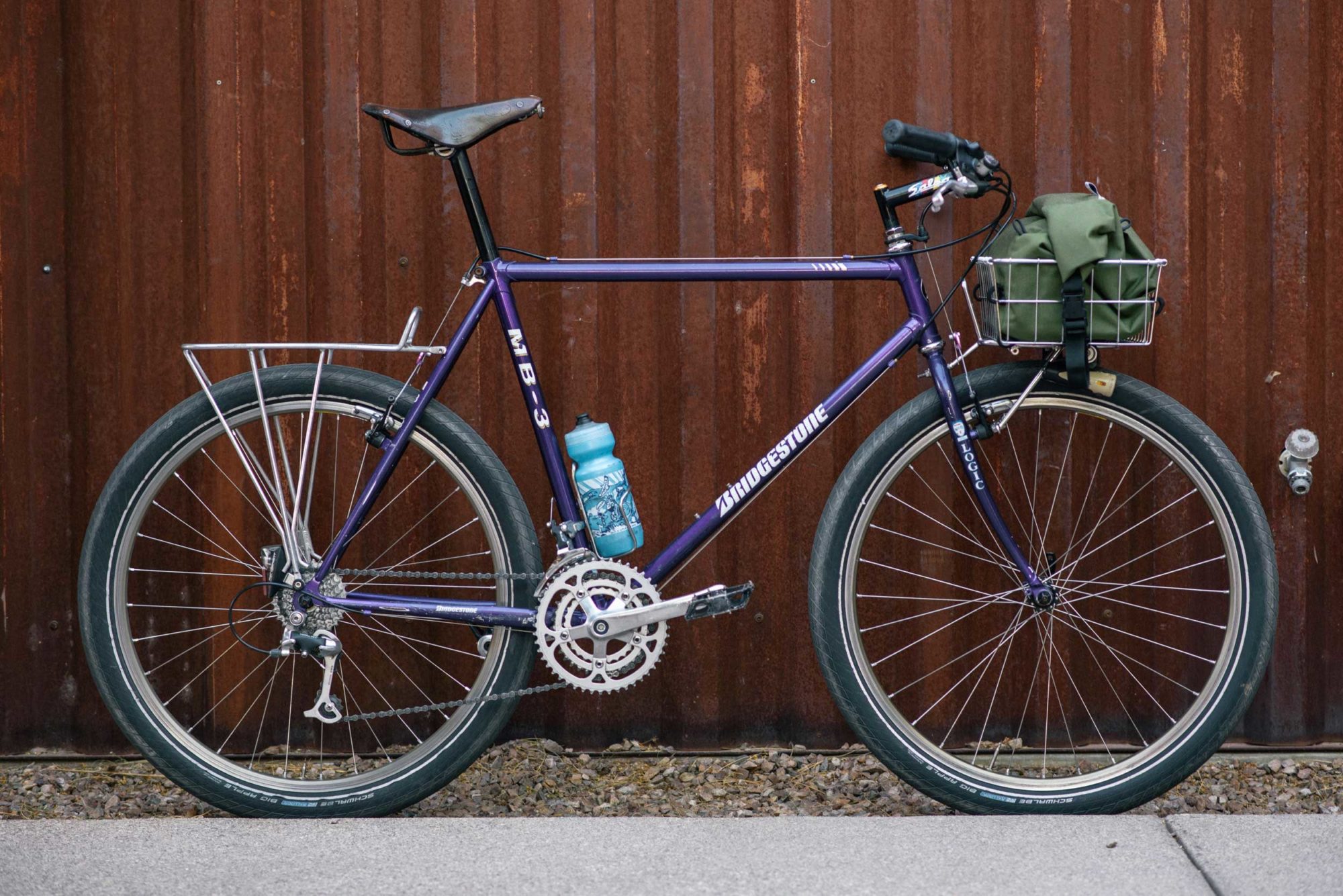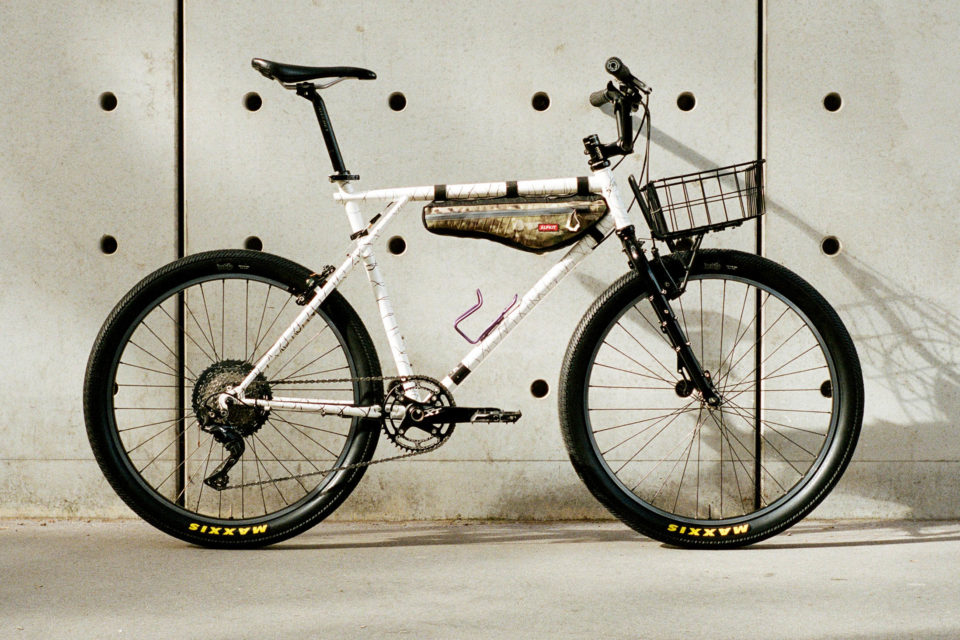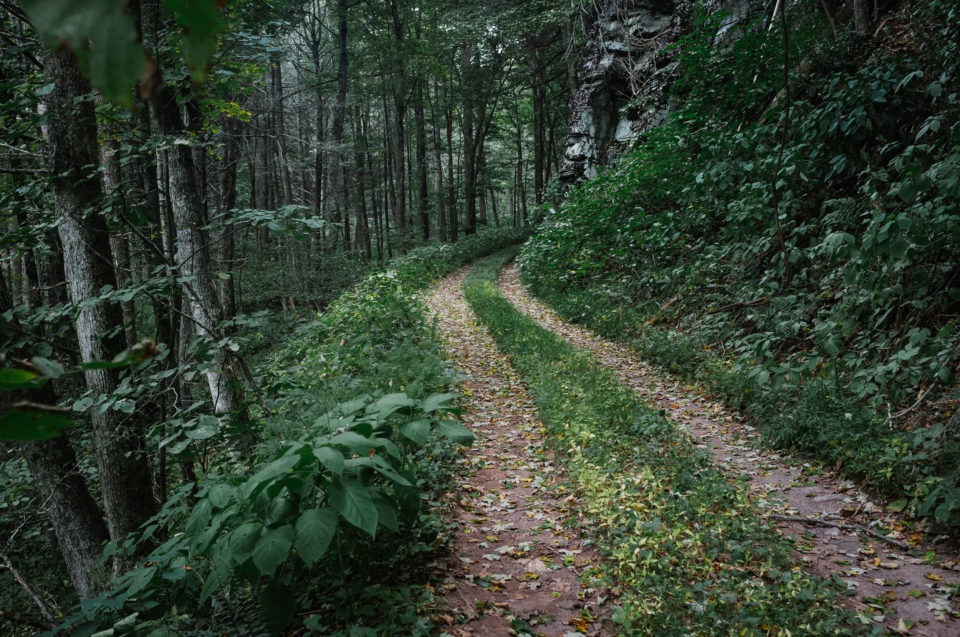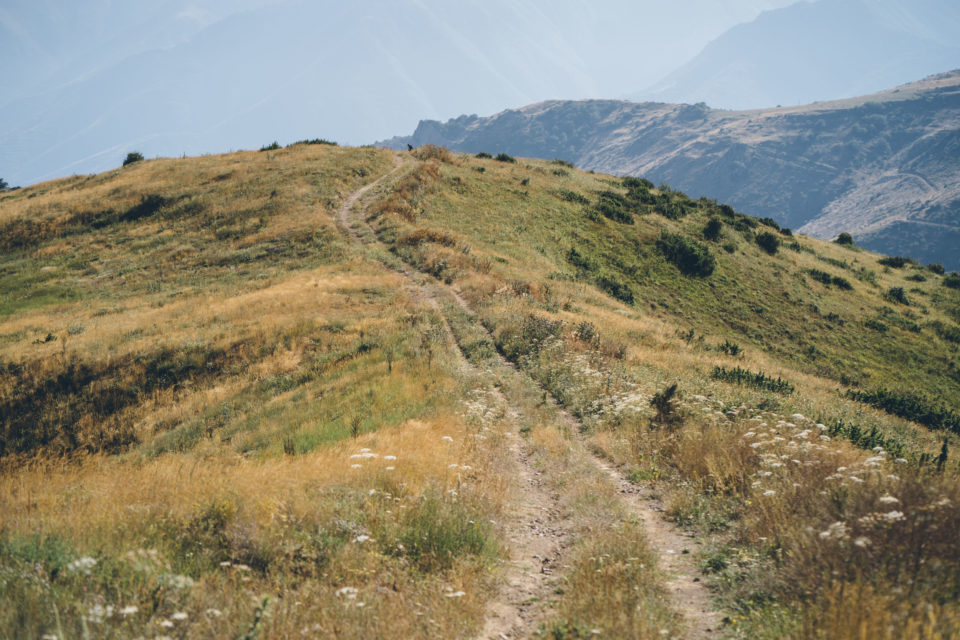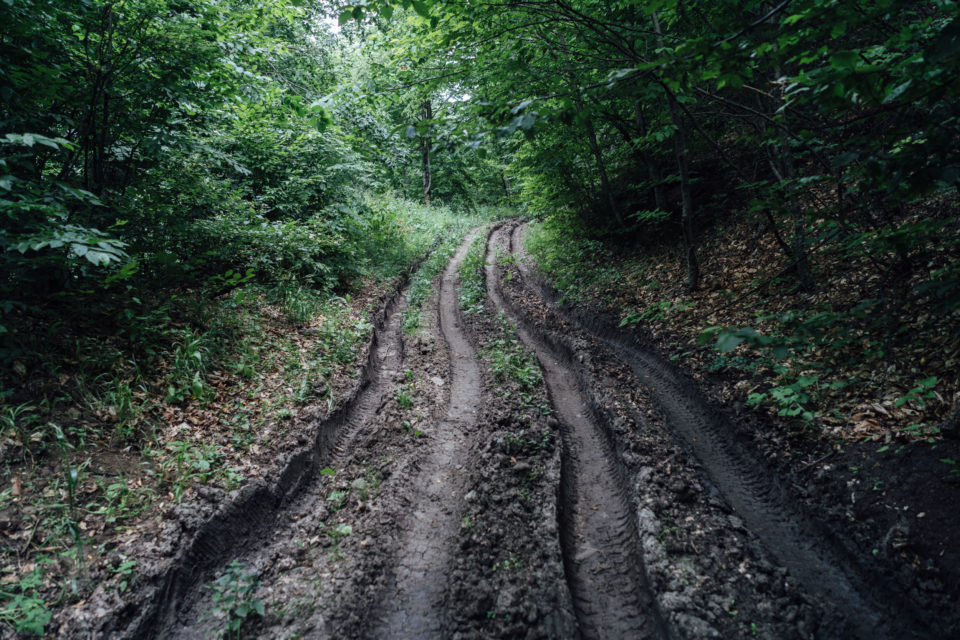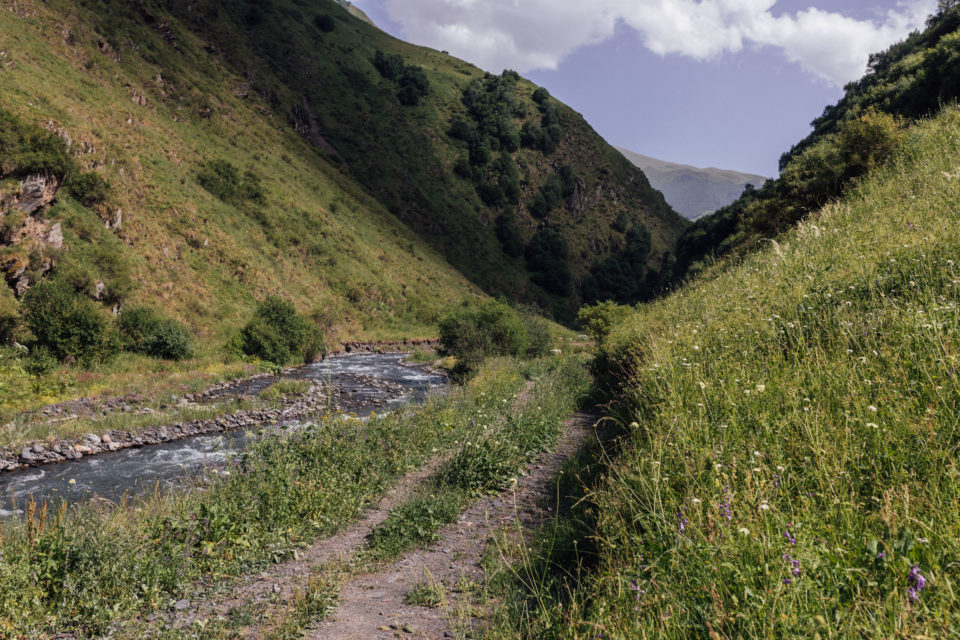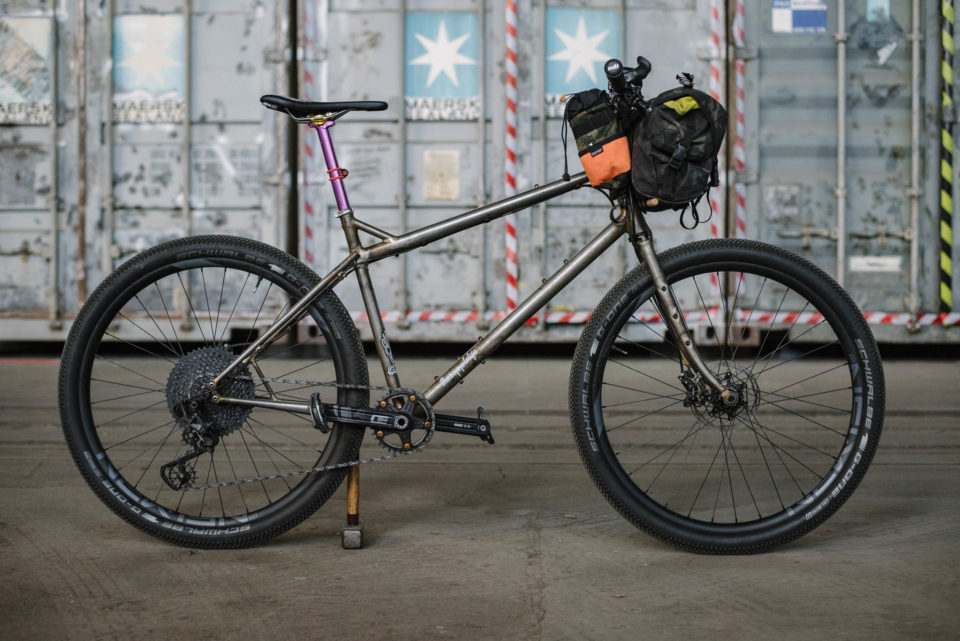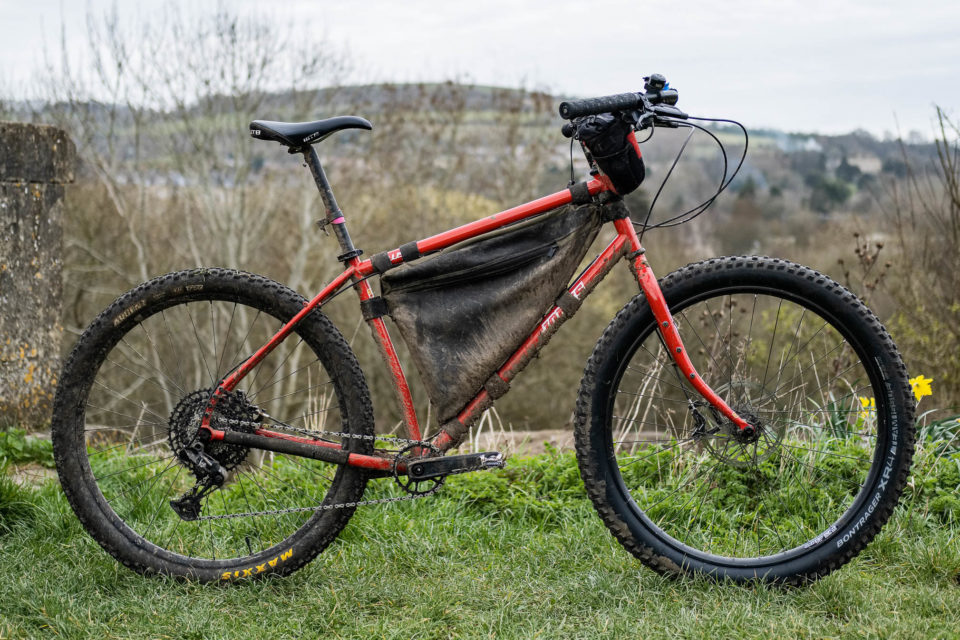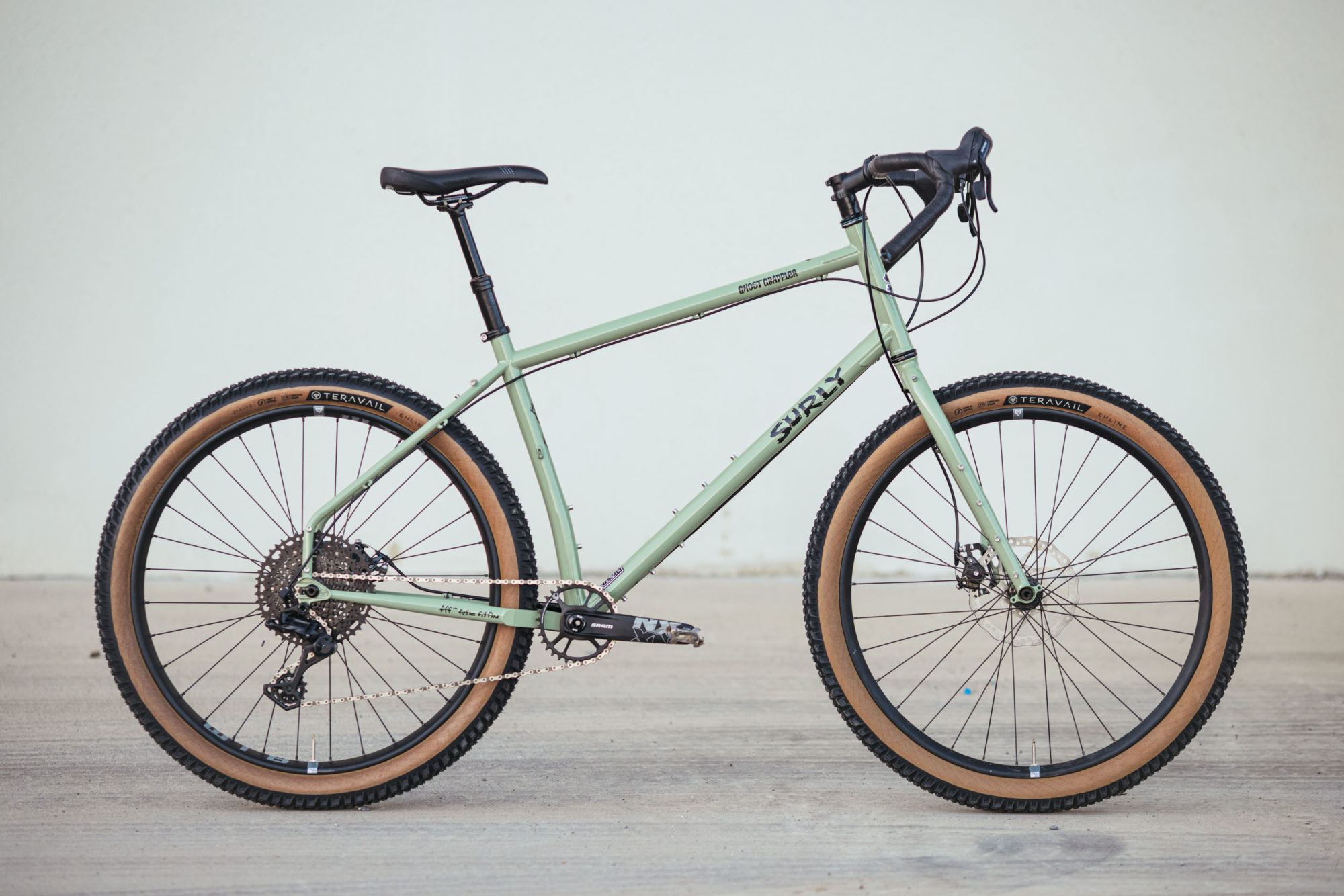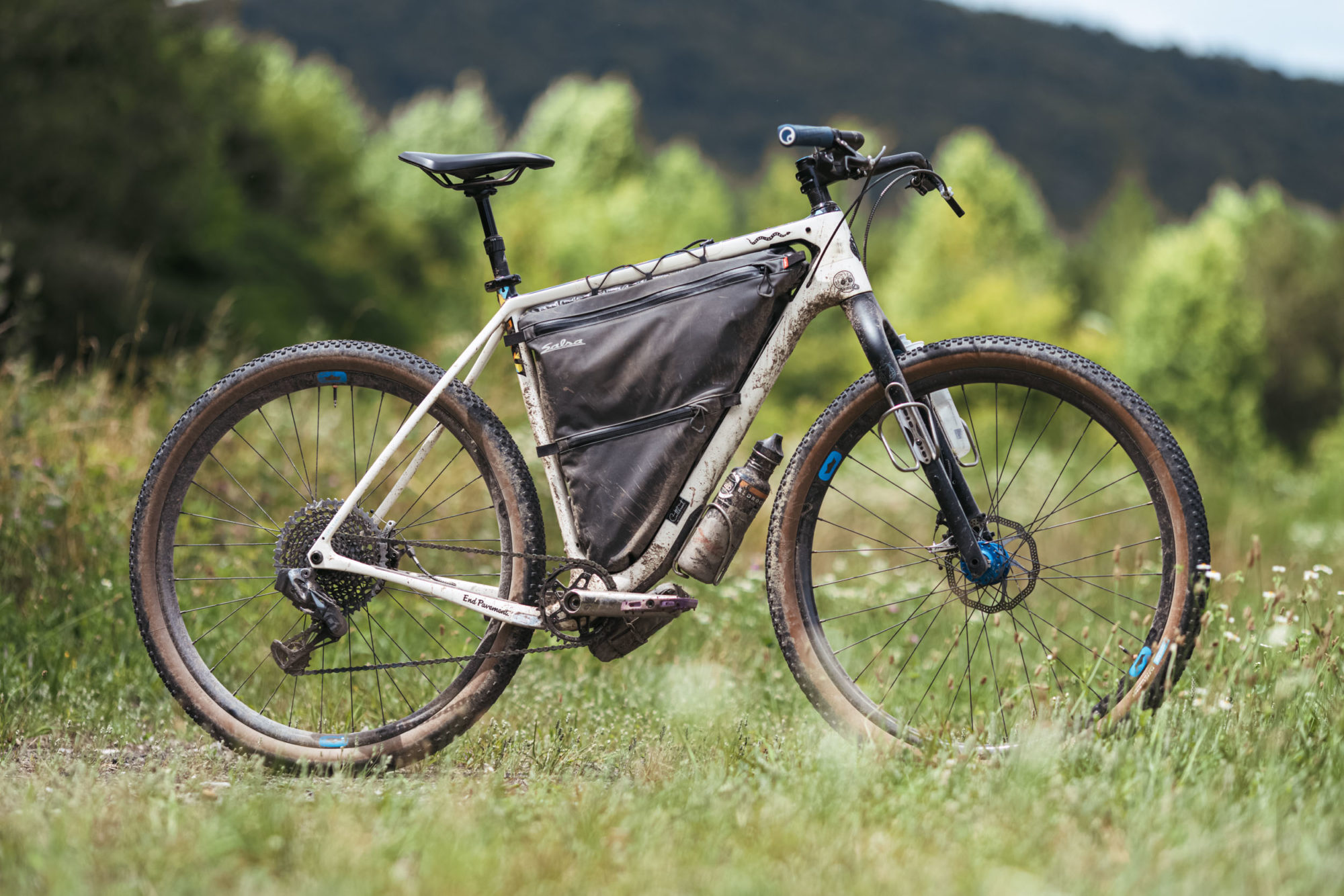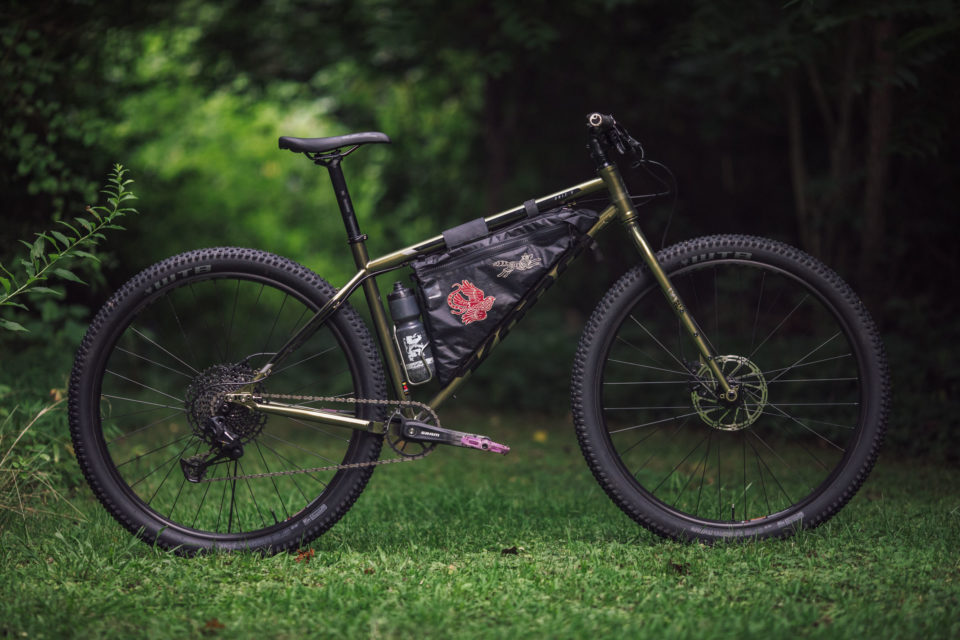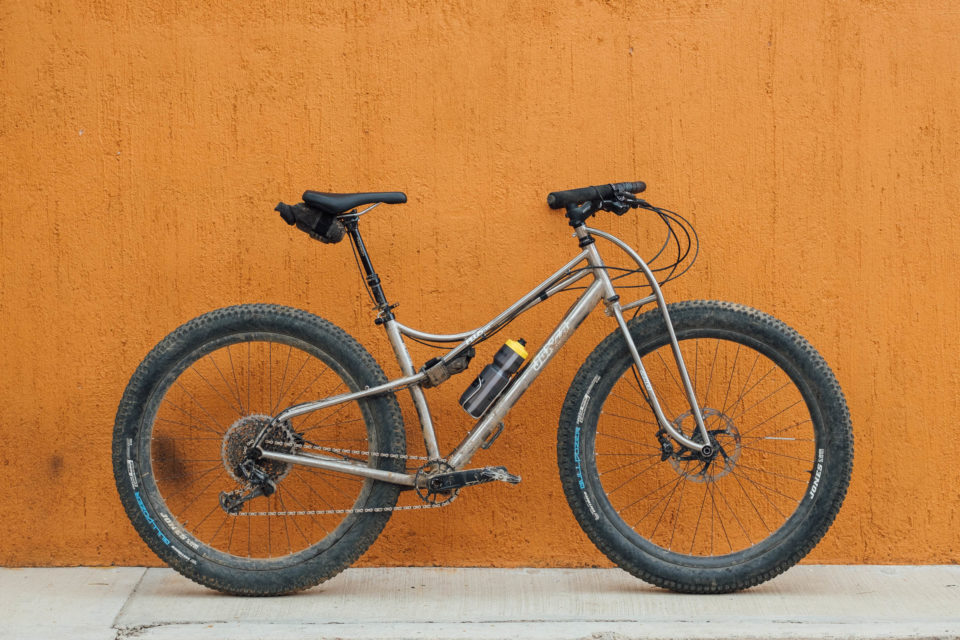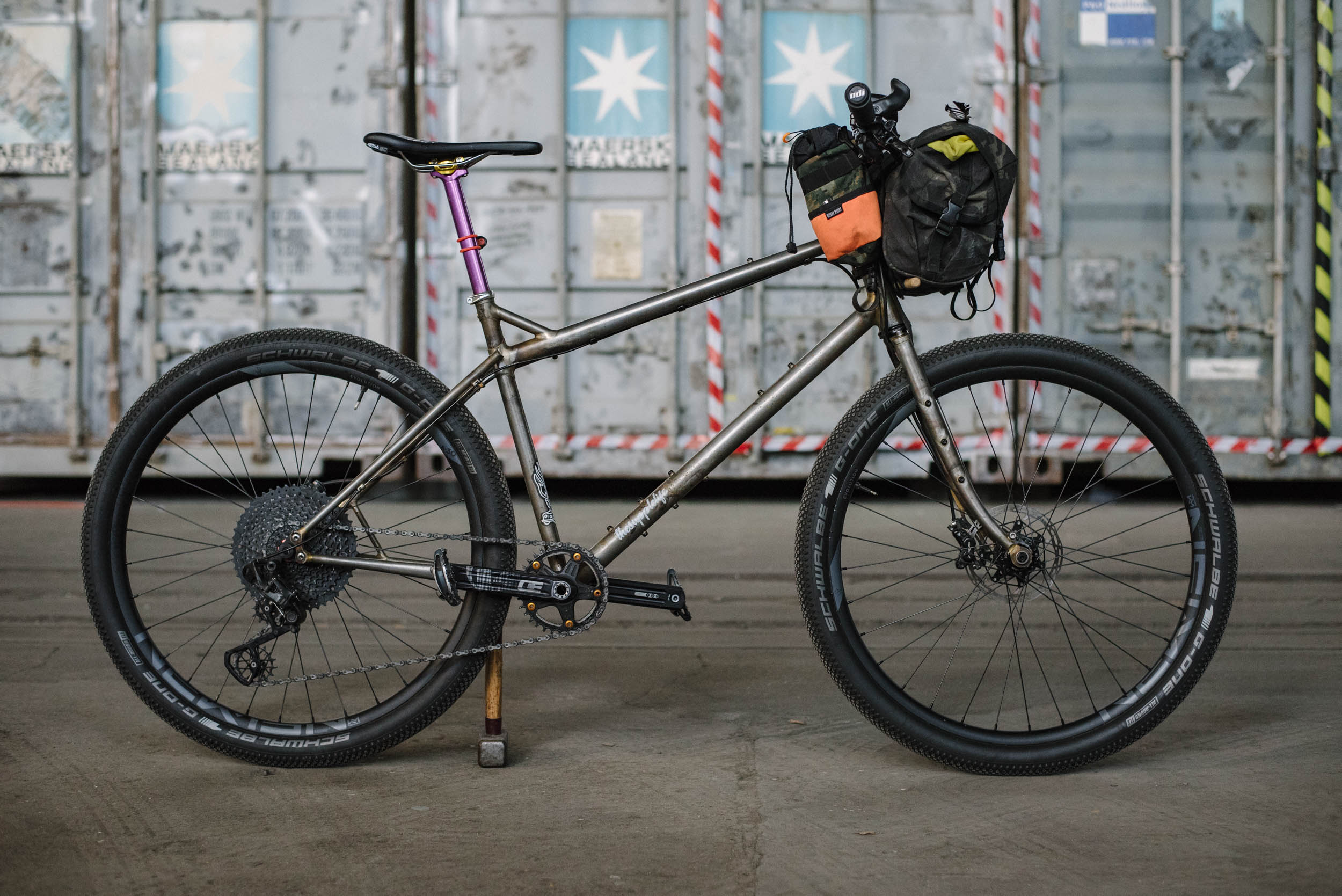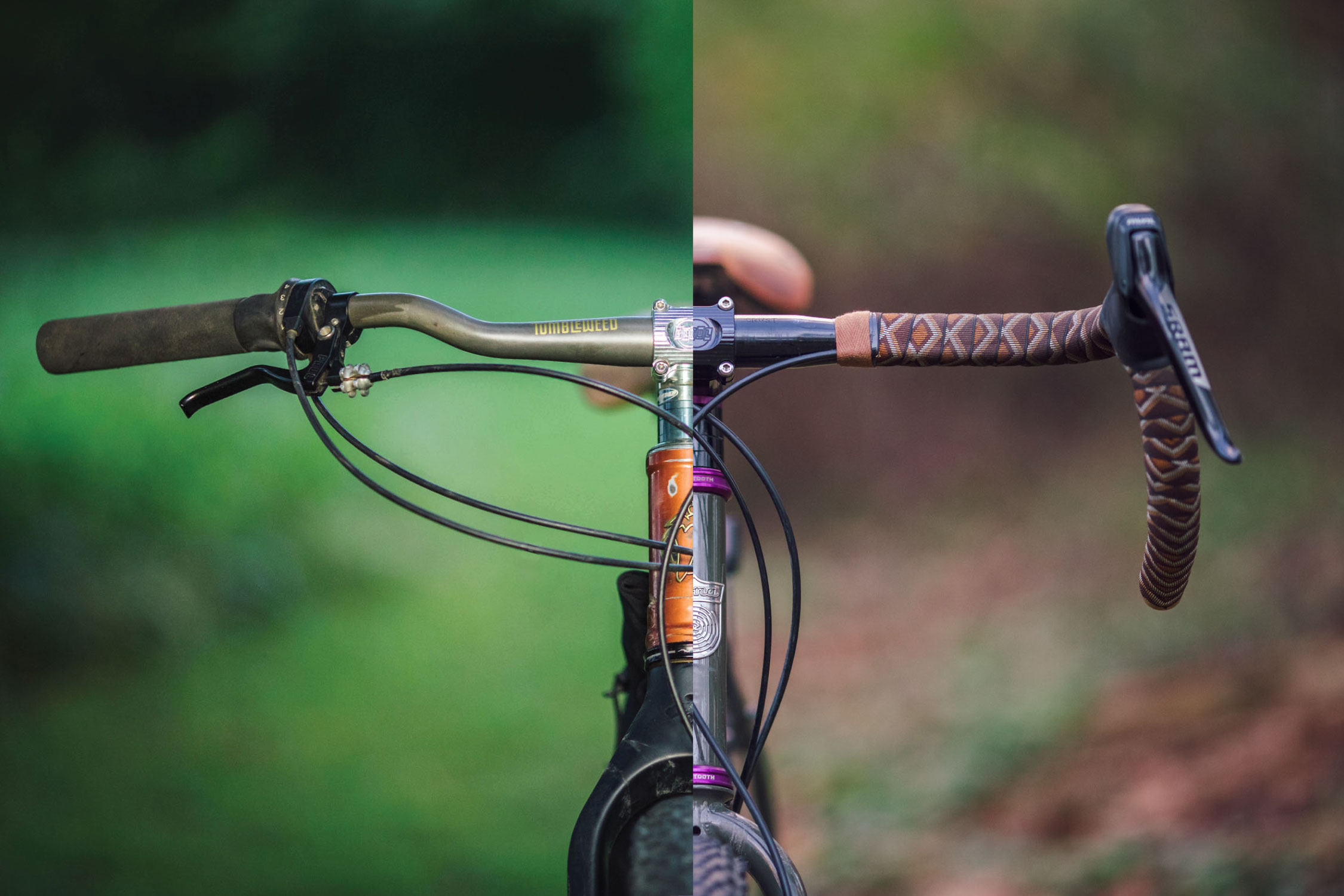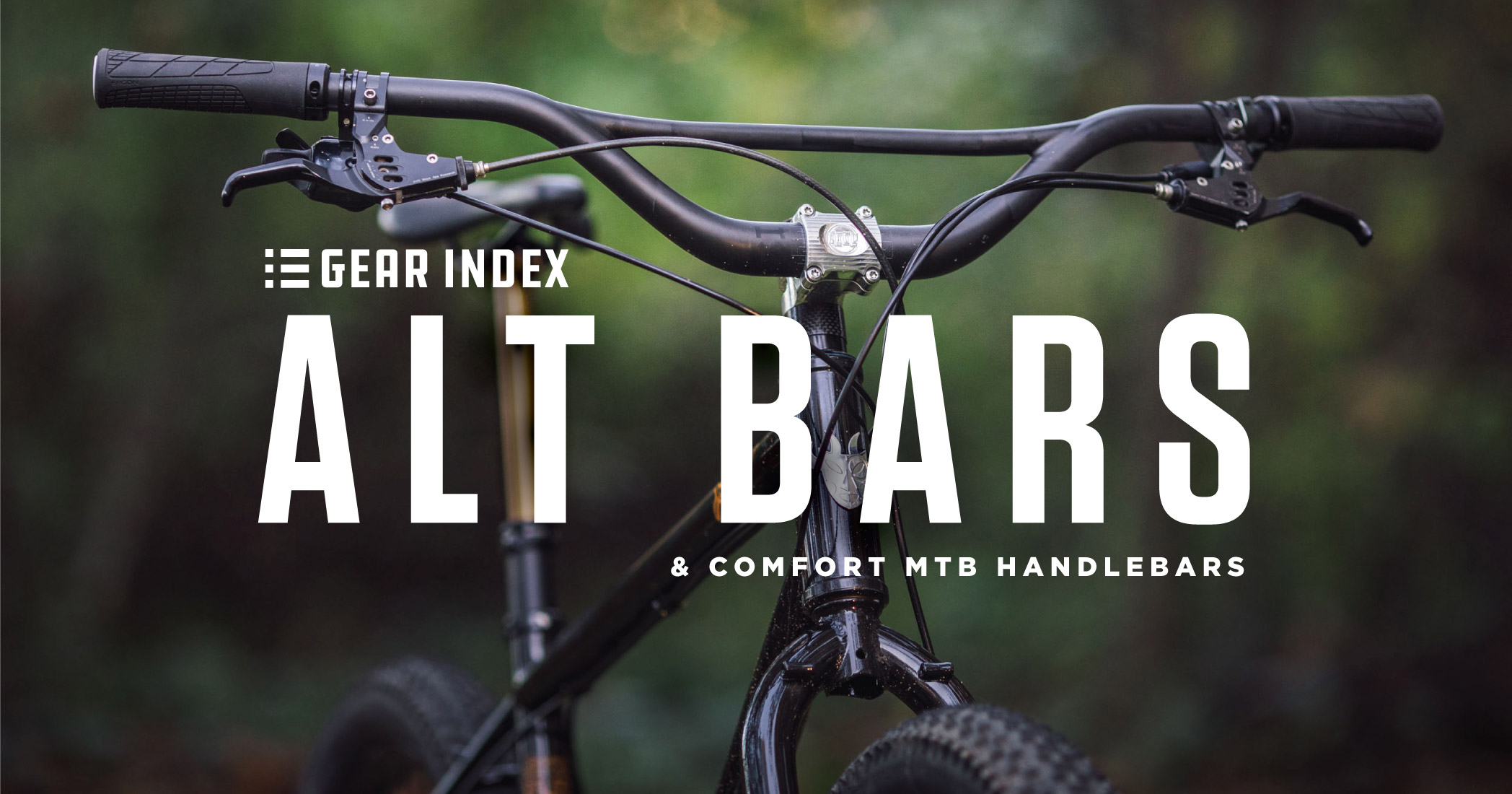All Terrain Bicycling: An ATB Manifesto
Share This
Somehow, off-road cycling enthusiasts got stuck with two terms to describe a broad range of bicycles that cover a variety of disciplines. We think it’s about time the cycling community reclaimed the term ATB—All Terrain Bicycle—to describe some of them. In this opinion piece, we ask why and examine the history and future of the term. Read it here, along with a list of bikes that fit this mold and what we’d like to see…
If you’re my age or older, there’s a chance you might remember the term ATB, the acronym for All Terrain Bicycle. Otherwise, you may have heard it floated in various comment sections by vintage bicycle aficionados and retro grouches over the last few years. Or, there’s the occasional bike brand that uses it in their naming—like the Hunter ATB Camping bike shown in the main photo for this article. Historically, there was a short time period when all off-road bikes were called ATBs. Back in 1980, Bicycling held a “name that bike” contest to assign a generic term to this new breed of off-road bicycles, which were being popularized at the time by the likes of Gary Fisher, Tom Ritchey, and Joe Breeze. The winner of the contest was “ATB,” and from that moment until sometime in the mid-80s, it was the common name for the off-road-specific, fat-tire-equipped, rigid steel bikes of the day.
Apparently, this label stuck in France. To this day, Velo Tout Terrain (VTT) remains widely used to describe off-road bikes. However, the term mountain bike replaced ATB most everywhere else. As Joe Breeze described in a 2020 interview with Pedal Chile, “By 1979, Gary Fisher and Charlie Kelly had formed their eponymous fat-tire bicycle company ‘MountainBikes’ (note the inter-cap B). MountainBikes, the business was ultimately unsuccessful in trademarking the term, but for years they tried to protect the mark, with some initial success.” During this time period, mountain bike (and the acronym MTB) gained ground and ultimately took a similar path as Xerox, Jacuzzi, and Q-tips, all brand names that saw enough success to ultimately become generic expressions that describe an entire product category. That’s the holy grail of branding, although that wasn’t the case for Gary and Charlie’s company, which didn’t quite work out. Instead, they simply helped create a general term to describe a massive product trend—and the very activity itself, “mountain biking.”
Since then, the term mountain bike has been used to describe everything from hybrids to rowdy hardtails, and from svelte full-suspension cross-country bikes to dual-crown downhill machines. Of course, there are a lot of subgenera within the mountain bike class, such as the elusive trail, the safe and standard XC, and newer oddball downcountry. Over the last couple of years, the term gravel bike has entered the average cyclists’ lexicon, used to identify dirt-adjacent rigs with drop-bars and larger tires, replacing the misappropriated ‘cross—although some folks might use drop-bar mountain bike when describing some of these rigs. Either way, there’s a broad range of bikes that get covered by the gravel epithet now, too.
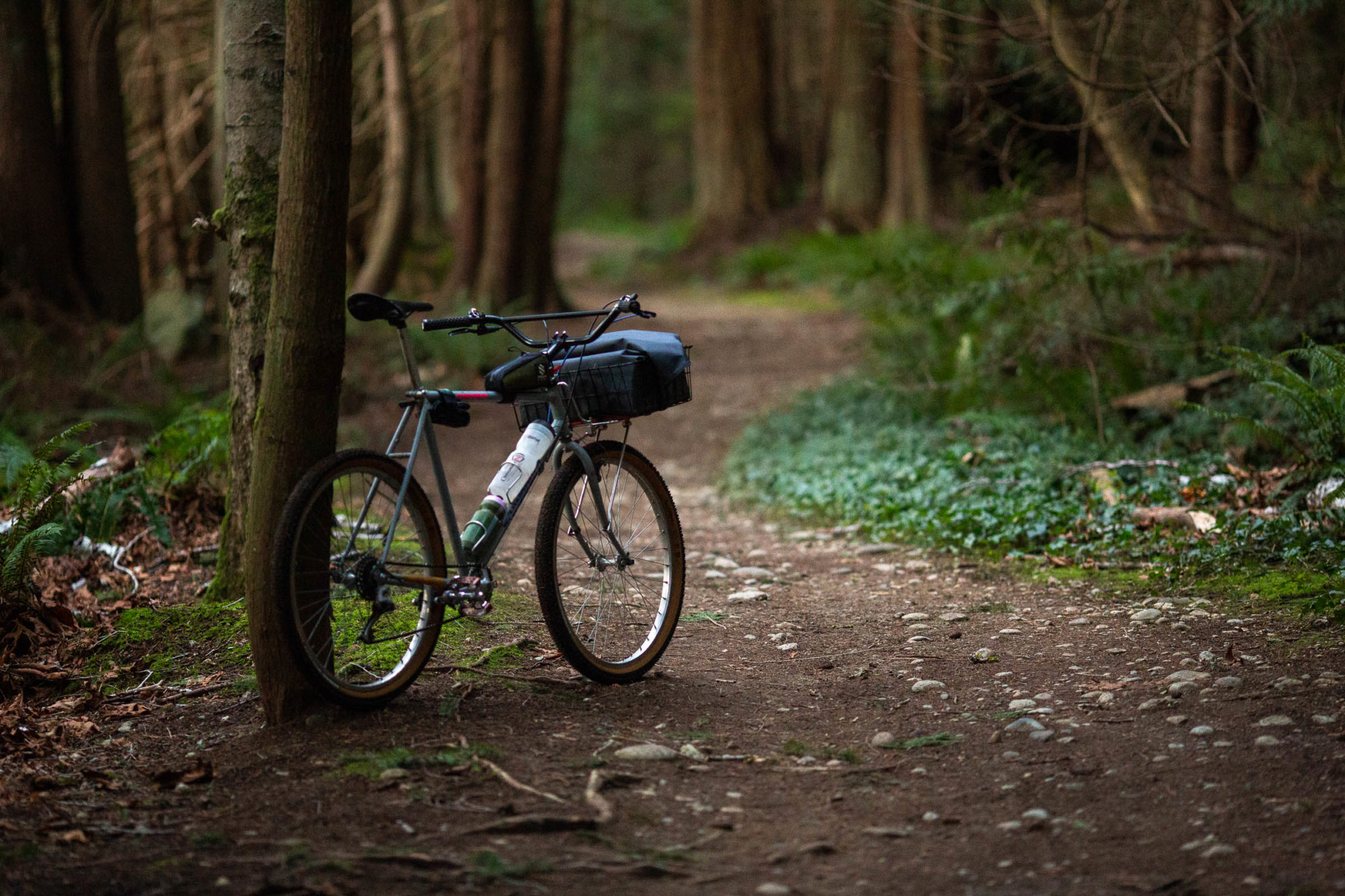
No Place for a Gravel Bike
Let me digress a little. As I’ve rambled on about before, the bike industry has full-court-pressed the idea that bikepacking is something that’s done on gravel bikes. However, going back six or seven years, svelte, gravel drop-bar bikes were almost non-existent on this site, and within other bikepacking visual storytelling, for that matter. At that point, it was all about rigid steel dirt-road touring bikes like the Surly ECR, race-ready XC MTBs, the occasional “cross” bike, and oddballs such as the Fargo, a Tour Divide-specific drop-bar “mountain bike.”
For a lot of situations, the mass expansion of gravel bikes and the popularity that’s ensued over the last few years has been great. There’s a ton of crossover. It’s gotten more people into riding on unpaved roads, bikepacking, and general dirt shenanigans. And it’s welcomed a lot of non-competitive people into cycling, eschewing aggressive riding styles, backward mentalities, and sport-specific cliches and classes. However, things are changing.
UCI, the road racing governing body, is stepping into gravel events, the industry is capitalizing on more of a mass-market approach, and gravel might be getting away from its roots. Additionally, a large percentage of bicycles dubbed gravel bikes are designed using building blocks developed specifically for racing. Maybe gravel is starting to take on too much of the race vibe? Perhaps that’s a product of smaller tires, bikes built for speed, and drop bars in general, which were essentially invented to get cyclists into the aero position. Some people prefer drop bars based on their own history with cycling, but for others, it might just be a default because that’s what they’ve seen.
I, for one, think that gravel bikes might be a little bit misleading for some folks new to off-pavement cycling. Folks who are looking for one bike that can handle most terrain, is comfortable on long rides, and offers loads of versatility. Folks who want to ride a little bit of everything and not just fast gravel and “B-roads,” whatever those are. Often, off-road cycling involves a lot more than smooth smooth, hardpacked dirt and gravel. Off-camber two-track, steep and loose gradients, deep and chunky areas, and other such challenging bits often enter rides and routes that are made in the spirit of off-road cycling. There are probably better options for many of these people.
In the past, I’ve often recommended a hardtail or rigid mountain bike to those entering cycling and looking for their first bike because they were inspired by a bikepacking route or story. Those bikes might not be the fastest, but most people don’t want or need a bike built for speed. I’ve never really enjoyed hurried pace, hanging onto the back of the pack, or group rides where speed is the governing force, and bikes built for that aren’t the best for 90% of what bikepacking is all about. A bike that can handle various terrain, provide confidence on the rough stuff, and still not be overly slow and heavy is typically the ticket.

What’s an ATB, nowadays?
Fortunately, clever minds and risk-taking brands on the fringes of the industry are paying attention and creating solutions to fill in these missing gaps. Many of the newer “gravel” bikes are getting burlier and bigger. There’s a propensity toward fast-rolling 2.4” tires, far more stable geometries, and bikes that have bigger gear ranges alongside provisions for dropper seat posts. The most common comment we see in the conversation section of the site is, “Isn’t this just a 90s mountain bike?” The answer to that is yes—kind of. Many of these bikes look like 90s mountain bikes, but next to modern mountain bikes, they’re destined for a slightly different purpose. What they’re reacting to are, in fact, ATBs. And there are a lot of people pushing to bring back the term ATB and bikes that might just be the perfect fit for this in-between genre.
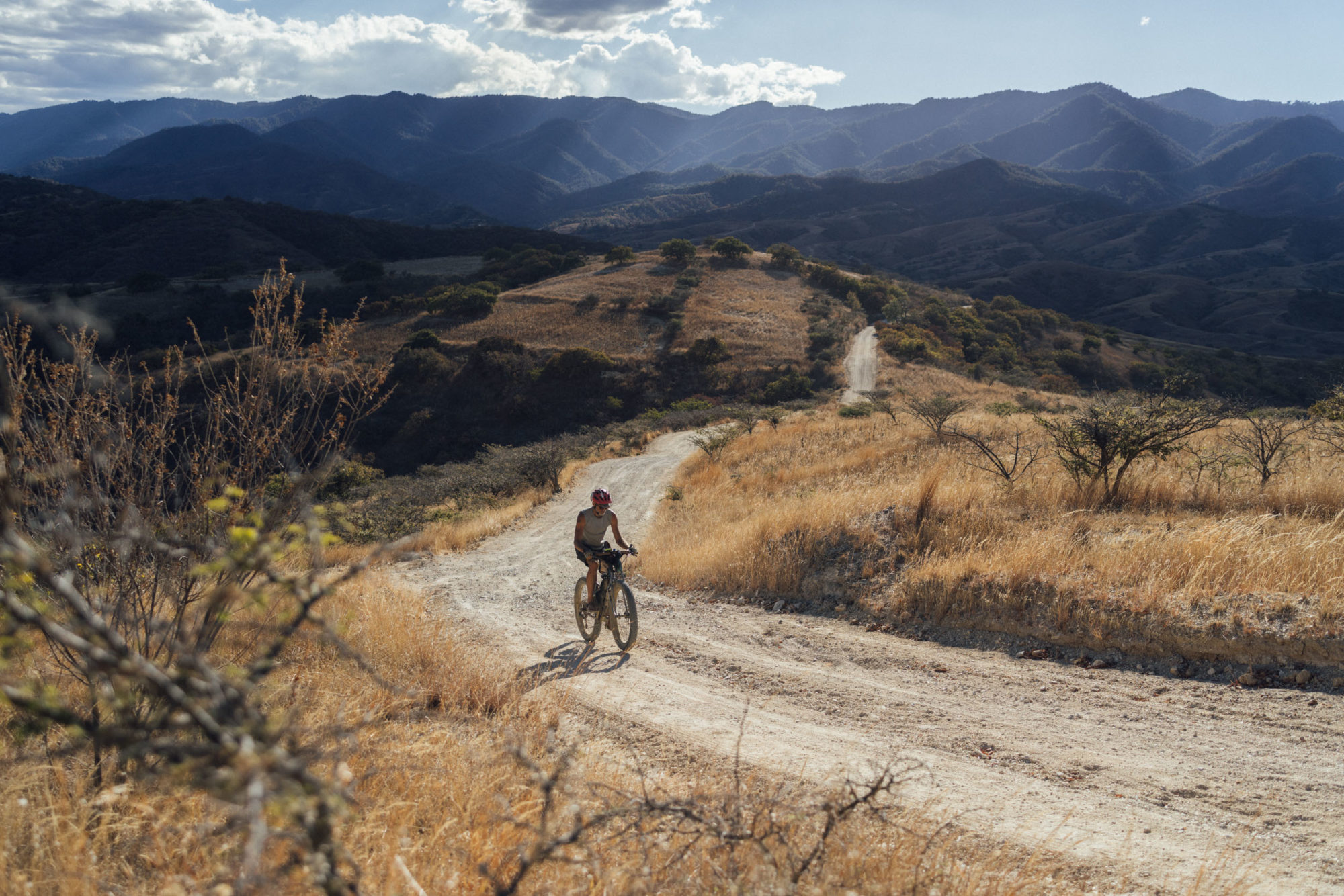
Conversely, much of the industry seems to be trying to find its way to ATBs by just making the tires bigger on gravel bikes, an attitude that’s essentially just turning the “bigger is more rad, bro” dial. As fellow ATB proponent Joe Cruz summarized, “The thing that’s missing is a clearer sense of the raison d’etre of an ATB. When your starting point is going drop-bar fast on aggro group rides, that approach influences frame materials, geometry, appearance, gearing, everything. The soul of ATBs—and angling for a different name, really, is to signal this change of design emphasis—is versatile adventurous pedaling with an attitude of openness to the environment.”
Three Opinions Converge in a Mellow Wood
Joe adds, “Thinking about ATBs, my wish list is a steel frame made for 29 x 2.2” tires, flat bars, and disc brakes. It needs to be lightweight, with a geometry that’s not too slack because I do want to ride it on long gravel/dirt road rides. It needs bottle mounts on the fork and under downtube, a big gear range, and a roomy main triangle. And not outrageously expensive.”
I agree with Joe’s sentiments, for the most part. Flat bars offer far more control, but I would also include drop-bar options in the mix, too. That would fit a wider audience and range of preferences—it’s all about preference when it comes to bars, although I think folks new to off-road cycling should probably start with flat bars. And I would add that bikes like this need to have extra mud clearance, fitting 2.6 or 2.8” rubber, even though most of us would agree that 2.2-2.6” tires are close to ideal. Internal dropper routing would also be on my list of musts as droppers are incredibly useful and have become very reliable over the last few years. Boost spacing is another requirement. At this point, it’s become ubiquitous on mountain bikes and unless you are very concerned about Q-factor, there’s no reason to have multiple hub sizes and wheelsets. I also like bikes that are a little slacker than Joe, but I get what he’s saying: ATB is a genre that’s kind of in between mountain bikes and gravel bikes.
Cass Gilbert thinks that ATBs already exist and just haven’t been called that. In Cass’ mind, the Jones SWB and LWB are perfect examples, offering clearance for big tires and featuring geometry designed with upright posture in mind, allowing riders to be observant and present in the landscape. Furthermore, Cass thinks that a proper ATB, by definition, should have 2.6 – 3.0″ tires, allowing them the capability to roam on any surface type, soft sand included.
ATBs on the Market
Fortunately, there are a few good ATBs out there that already fit this mold, to some degree, and I hope there are a lot more coming. Here is a list of some we put together that have been reviewed or mentioned recently, followed by a list of wants.
Flat Bar Options
Surly Bridge Club
Jones LWB and SWB
Hudski Doggler
Ogre, Troll, and ECR (RIP)
Hunter ATB Camping Bike
Drop-bar ATBs
Surly Ghost Grappler
Tumbleweed Stargazer
Tanglefoot Moonshiner
Salsa Fargo
Black Mountain La Cabra
These are just a few we picked out of dozens of options that fit this framework, is some way shape or form. However, we would like to see many more…
Dear Bike Industry
While there are a few good options listed above, we also think that there’s a better way forward. Here’s a list of wants and needs we put together:
Flat Bar ATBs
There are some great ATBs that have been released in the last couple of years built around drop bars; the Ghost Grappler and Stargazer in the list above come to mind. And, yes, you can put a longer stem and a flat bar on many of them. But, the fit still doesn’t quite work out for some of us, and we might like shorter stems. How about a flat-bar Stargazer or Fargo?
Standardized seat post diameter(s)
Do we really need 30.9mm seatposts? Most companies are using 27.2 or 31.6. Maybe we should stick with those?
More 27.2 dropper posts
I get that many ATBs are built with a smaller seat tube made for 27.2mm posts. The smaller tubing is lighter and more compliant, theoretically offering a more comfortable ride. Unfortunately, there aren’t many options out for dropper posts in this size, particularly longer droppers. The 125mm PNW Rainier is one of the best options, but how about a 150 or 170mm option?
ATB-specific tires
The best tires for these types of bikes are often those in the XC or “semi-slick” mountain bike tire genres. Can we get more ATB tires choices designed specifically for mixed-terrain?
Boost it is, I suppose
Thru-axles are good, and Boost spacing has won out as the most popular in the mountain bike category. Let’s stick with it at this point. Having a single pair of hub widths allows wheels to be swapped from bike to bike and declutters the parts bin.
Bar-specific Geometry
Bikes that can be fit with flat bars or drop bars sound great in theory, but they’re not always ideal when it comes to fit for many of us. Reach and stack heights can be dramatically different. Many bike lines are taking notice, such as the Salsa Journeyman, which has both flat and drop-bar variations.
Better gearing
Gearing has improved tremendously over the last few years, but there’s always room for improvement. This point is much more applicable to drop-bar bikes, where without a few good hacks, it’s pretty hard to get a large cassette to work with most brifters. In addition, is it too much to ask to just make mountain and road groups have the same pull ratios?
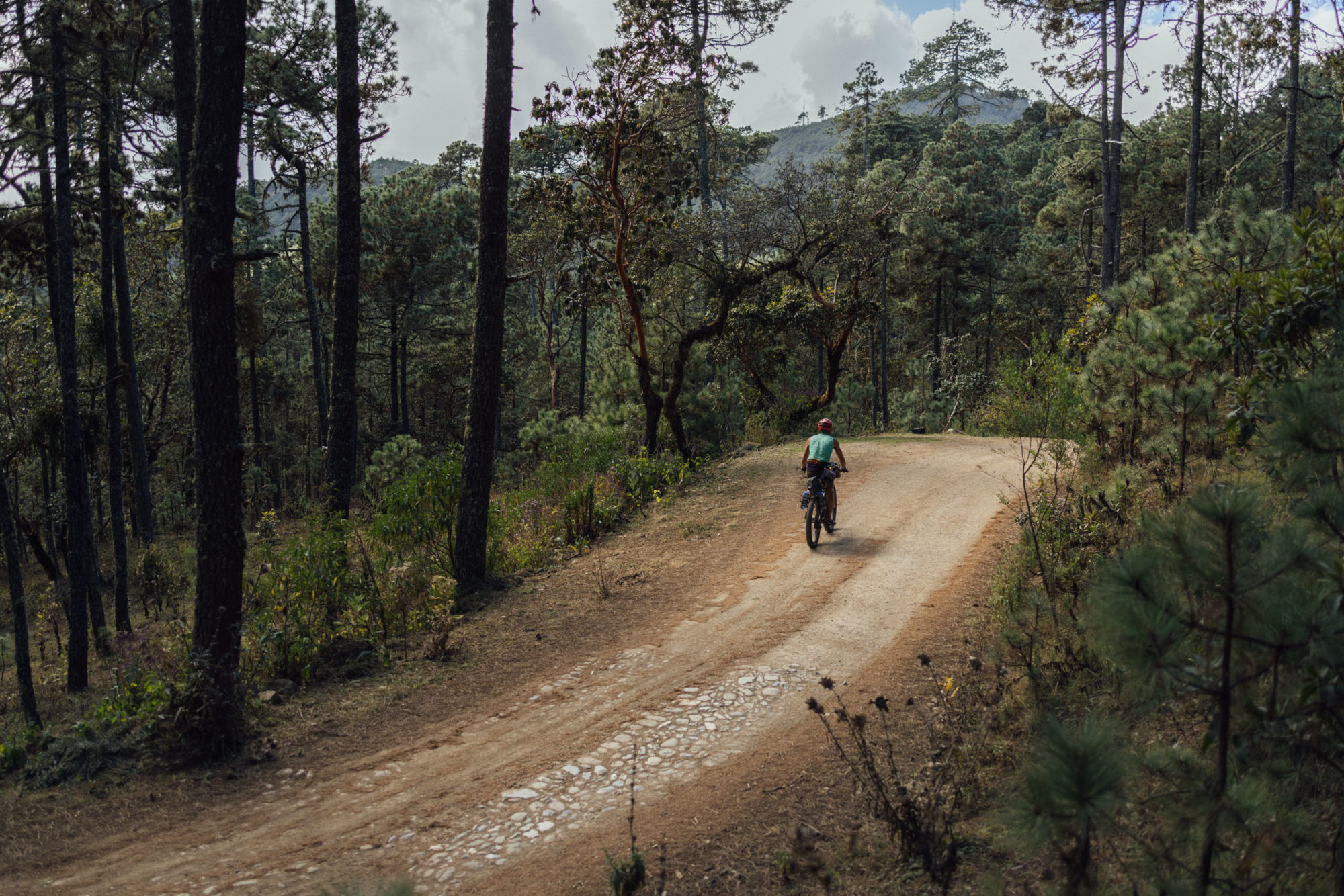
Beyond the technical arguments, there’s a much larger philosophy behind this ATB pseudo-movement that shouldn’t be ignored, one that’s about the attitude toward riding bikes and what it means. If we had our say, ATBing would have no innate psychology behind it to influence riders how to think/look/act in order to ride these bikes or participate in community rides. There would be no underbiking or overbiking, and all rides would be at a present, exploratory pace. The bikes that fit the bill would be designed, built, and outfitted to go almost anywhere efficiently and comfortably. They would be durably made to last a lifetime. The idea of a “quiver-killer” is arguably the only truth that can be transplanted to ATBs from the current gravel marketing spiel. Theoretically, ATBing is simply adventurous riding and having one bike for it.
What do you think? Do we need another term to describe this middle ground and style of riding? And what would you like to see in new bikes coming out in this genre? Let us know in the conversation below.

Do you enjoy our in-depth reviews, route guides, and stories? We’re a small, independent publication dedicated to keeping our content free for everyone, but we need your support. To keep articles like this one coming (and not behind a firewall), please consider becoming a member of our Bikepacking Collective. By joining, you’ll receive The Bikepacking Journal in the mail twice a year, industry discounts, and many other great benefits. Learn more here.
Related Content
Make sure to dig into these related articles for more info...
Please keep the conversation civil, constructive, and inclusive, or your comment will be removed.






